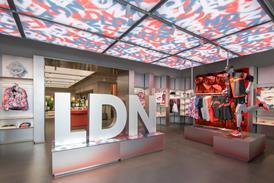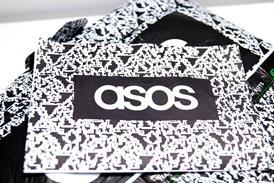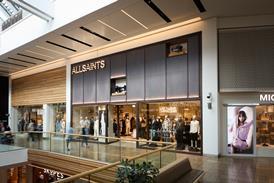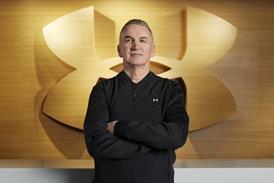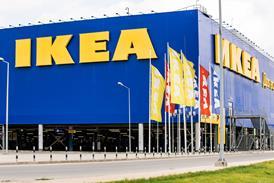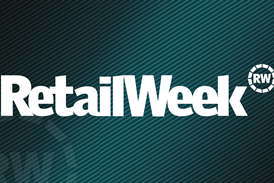
Retail’s shapeshifters
Delighting customers by extending the brand experience

The era of the Retail Shapeshifter
Retail’s tectonic plates were shifting long before the coronavirus pandemic struck, but the disruption of the past 18 months has accelerated the realignment of the landscape.
As a result, consumers now demand more.
This extends to not only the products they buy and how they are marketed to, but to the experiences offered to them. Consumers want to be fully immersed, which means brands must shift gears and up the ante.
In the words of Retail Week columnist Suzy Ross: “Consumers now expect retail entirely on their terms. They want the channels they use to work seamlessly together, online and in-store combining to deliver the best, most personalised and distinctive experiences.”
Retailers and brands that offer this immersive experience, and do it well, are what we refer to in this whitepaper as Retail Shapeshifters.
These are businesses taking their offering to the next level – beyond selling a product to the end-customer; from offering new services and solutions to making a play with experiential retail to be present in the places consumers now shop.
Recent findings from Railsbank, the global embedded finance platform, and research agency Walnut Unlimited’s exclusive consumer survey show there is a vast opportunity for retailers and brands to expand the services they provide and build stronger customer loyalty in the process.
Consumers now expect retail entirely on their terms
Just this month, we have seen tech behemoth Amazon extend its experience for consumers in how they pay, announcing a tie-up with fintech company Revolut to offer consumers the option to use buy now, pay later. It is Amazon – the ultimate Retail Shapeshifter – setting the bar for other retailers and brands to follow.
Amazon is no longer solely a large retail store with a broad product assortment but a provider of web services, music and TV streaming services, and artificial intelligence, to name but a few strings to its ever-growing bow. It is constantly looking for the next opportunity to integrate its products and services into the daily lives of customers.
In this new retail era, consumers no longer pigeonhole brands as serving one core purpose.
This whitepaper will ignite the conversation around how brands now have the opportunity to serve customers wherever they are trusted to do a better job than the incumbents.
If businesses do not become Retail Shapeshifters and find new ways of serving their customers, they should be in no doubt that others will.







THE NEW THINKING REQUIRED BY GLOBAL RETAIL C-SUITE

You do not have to go far back in time to when the business of running a household was a fragmented affair.
Consumers would have a brand they used for banking, a telephone and broadband provider, and a favoured supermarket where they would typically do a weekly shop.
Fast-forward to 2021 and consumers can purchase all of these products and services from one provider.
Yet to become a Retail Shapeshifter, stakeholders must understand deeply the concept that 'people buy cars not car loans', but the 'embedded car loan' is a hugely profitable and engaging product when embedded in the retailer's customer experience. This is the same premise for other finance products; for example, people buy TVs, not 'buy now, pay later'.
For retailers and brands, the business case for expanding into a range of different consumer services is compelling. The fact that many are reluctant to move too far from their core proposition shows a failure to recognise the limits of their own potential. But there is a catch: brands that diversify successfully must enjoy high levels of consumer trust and strong shopper loyalty.
For retailers and brands, the business case for expanding into a range of different consumer services is compelling
The exclusive consumer research from Railsbank and Walnut Unlimited, incorporating insight from 2,000 UK consumers, shows that some of our most well-known and trusted brands have yet to reach the limits of their appeal to consumers.
When consumers were asked how likely they were to use financial or banking services from a series of household-name brands, the results showed a clear appetite for take-up – especially among younger generations.
Almost a quarter (24%) of people said they were very likely or likely to access financial or banking services offered by Amazon, a figure that rose to 45% for 18- to 24-year-olds.
The same is true of Google (24%), with over half (51%) of 18-to-24-year-olds and almost half (46%) of 25-to-34-year-olds saying they would be very likely or likely to access financial or banking services offered by the search engine giant.
Almost a quarter of consumers would buy banking and financial products from Google and Amazon
What is also striking from the data is how these percentages drop rapidly once people hit late middle age. For example, just 9% of 45-to-54-year-olds would be likely or very likely to access financial services from Facebook, a figure that dips below 3% once people hit 55.
It suggests that while older consumers may be tougher to prise away from more traditional service providers, the opportunities to capture new revenue streams from millennials and Generation Z are huge and, in many cases, untapped.
That is not to say these businesses, and others like them, do not recognise the opportunity in diversifying the breadth of their services.







How brands are becoming Shapeshifters
Facebook: Diversifying into mobile shopping
Last year, Facebook fast-tracked the launch of its new shopping platform following the impact of the pandemic. Its new mobile-first Shops feature allows businesses to set up online stores, so consumers can browse products and message sellers directly through WhatsApp, Facebook Messenger or Instagram, arrange a purchase or get more information. It also allows them to buy items through an on-site checkout function.
Sky and Google: Branching out into physical retail
Sky is also expanding its footprint, having announced in June this year the opening of its first-ever full-offer store. The shop in London’s Westfield, Stratford City, brings together its mobile, broadband and TV products under one roof. It is designed as a social hub where consumers can test out the brand’s latest innovations.
Google is another digital brand branching out into physical retail, by opening a permanent store in the heart of New York City. The move in June this year was the first time the brand has showcased its product offerings in a permanent location. As with Sky, Google’s intention is to provide customers with the opportunity to engage and purchase its line-up of devices and services in person, showcasing products such as its Pixel phones and laptops, Nest products and Fitbit wearable smartwatches.
TikTok: Leveraging pop-up power
Video-sharing platform TikTok is also making moves offline – from June to August, it ran a UK pop-up store in Westfield, London offering visitors a chance to develop their social media prowess and improve their TikTok presence. Visitors could also create their own video content in the different rooms around the pop-up.
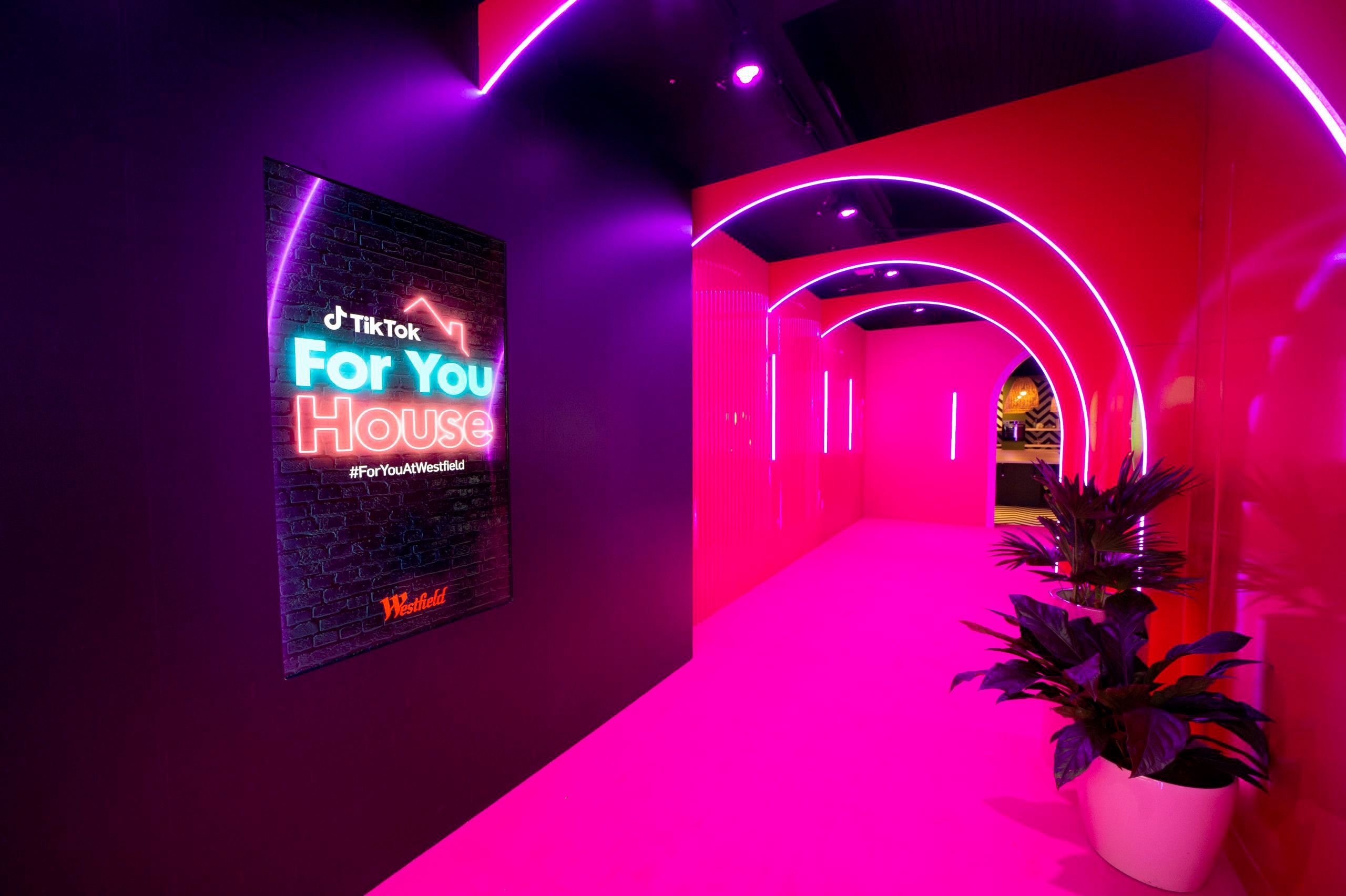
WHAT CONSUMER TRUST IS NOW BUILT ON

The success enjoyed by the likes of Google and Facebook is not necessarily a green light for all brands to become Shapeshifters and expose themselves to new sectors and services.
Consumer trust is required for businesses to compete successfully in new segments and verticals and this trust is built via a number of ways such as excellent customer service, shopper incentives and product availability.
Retail Week consumer research from June 2021 shows that great product (52%) and great customer service are crucial for driving this trust and customer loyalty, followed by rewards schemes (23%), product availability (23%) and convenient store locations (23%).
Below, we explore three Retail Shapeshifters from the Railsbank and Walnut study that have bolstered consumer trust based on excelling in these factors and more.
BT embraces evolution
As a more traditional brand associated with a specific amenity, BT arguably faces greater barriers to diversification than the other brands in Railsbank and Walnut’s survey. Yet, by moving with the times, it has maintained its relevance in the face of competition from the likes of Netflix, Sky and Amazon.
Last year, BT launched a new TV proposition that allows customers to flex TV packages each month to add or remove products such as sport, movies or entertainment. While this is not unique to BT, as other providers now offer this service, the launch demonstrates its adaptability, moving away from its regular business model and shifting to keep pace with the market.
By recognising that customers want flexibility in the way they consume media, BT has successfully distanced itself from a traditional subscription model that ties consumers into services over extended periods of time.
In doing so, it has solidified trust in the brand and, as our survey suggests, given BT the licence to extend its reach into new service and customer propositions.

Nike commands customer loyalty
In its own way, Nike has also built a trusted brand that attracts high levels of consumer loyalty.
Data compiled exclusively for Retail Week in April 2021 with social listening specialist Maybe tracked the social media activity of 3.9 million businesses across Facebook, Instagram and Twitter. It ranked the top 160 UK fashion and luxury retailers based on their customer engagement during the first three months of 2021.
Although it had the fewest social posts of any of the top 10, Nike scored highest by posting content that consistently championed its diversity and inclusion agenda – which has been at the forefront of public attention.
Crucially for Nike, the data showed customers perceive the business as talking with an authentic voice on issues such as diversity and sustainability because of its actions, for instance in supporting and championing black athletes.
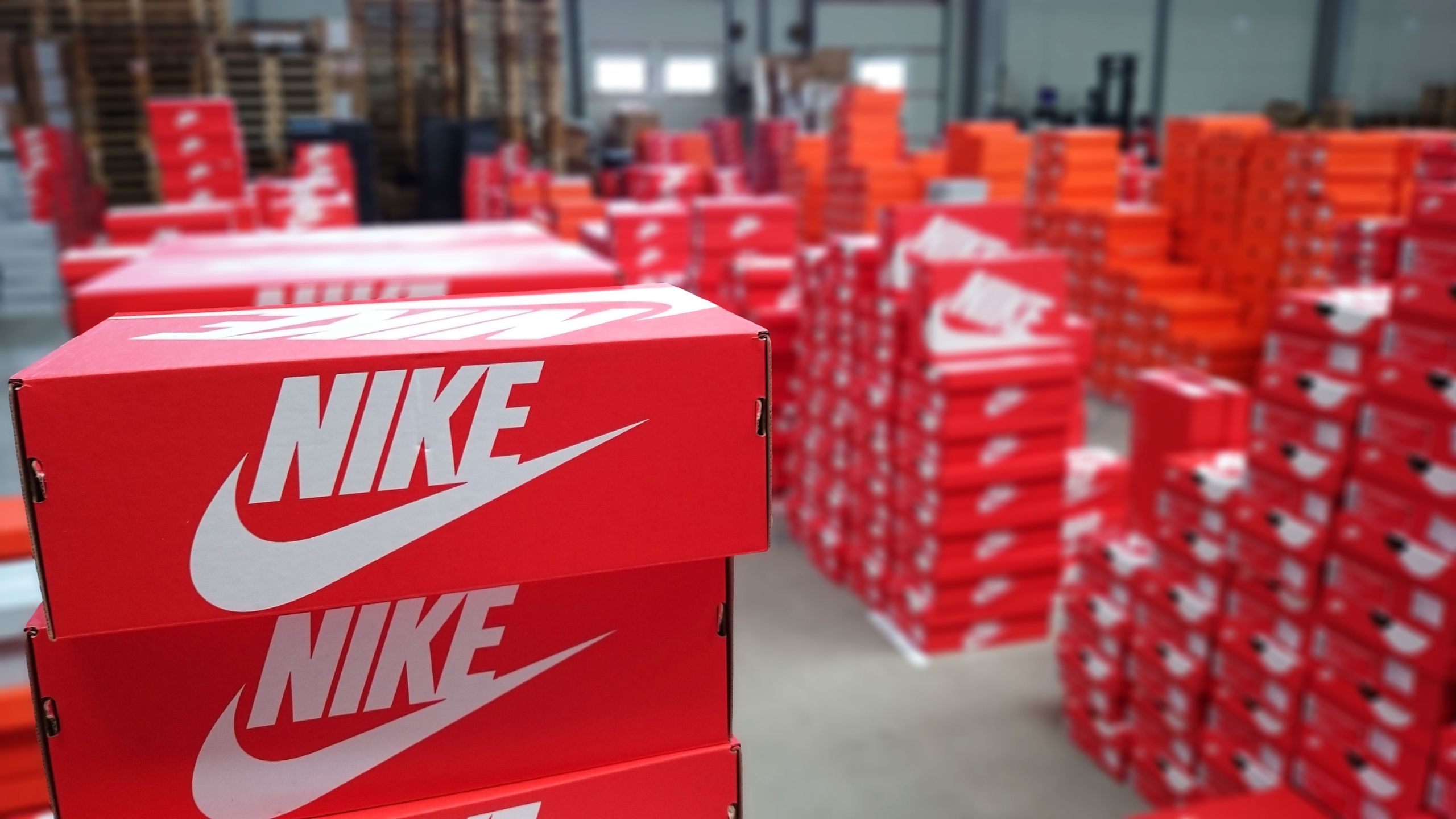
Amazon is the most trusted brand in UK retail
Amazon has attracted high levels of trust by delivering on consumer expectations. Forty-nine per cent of people named the online giant as the retailer that offers the best website in the Retail Week survey from June 2021. Tesco followed in second place, favoured by just 6% of the 1,000 consumers surveyed.
Amazon also dominates the field in terms of the quality of its delivery proposition, which is considered the best by more than half (51%) of consumers. That puts it far ahead of the next-best retailer Tesco, which secured just 4.4% of consumers’ votes.
By doing the retail basics exceptionally well, and by raising the bar on convenience through continuous innovation, Amazon has become the most trusted brand in UK retail. It is because of this trust that Amazon can diversify into new areas with a level of risk much lower than would be the case for a brand that has less consumer trust.
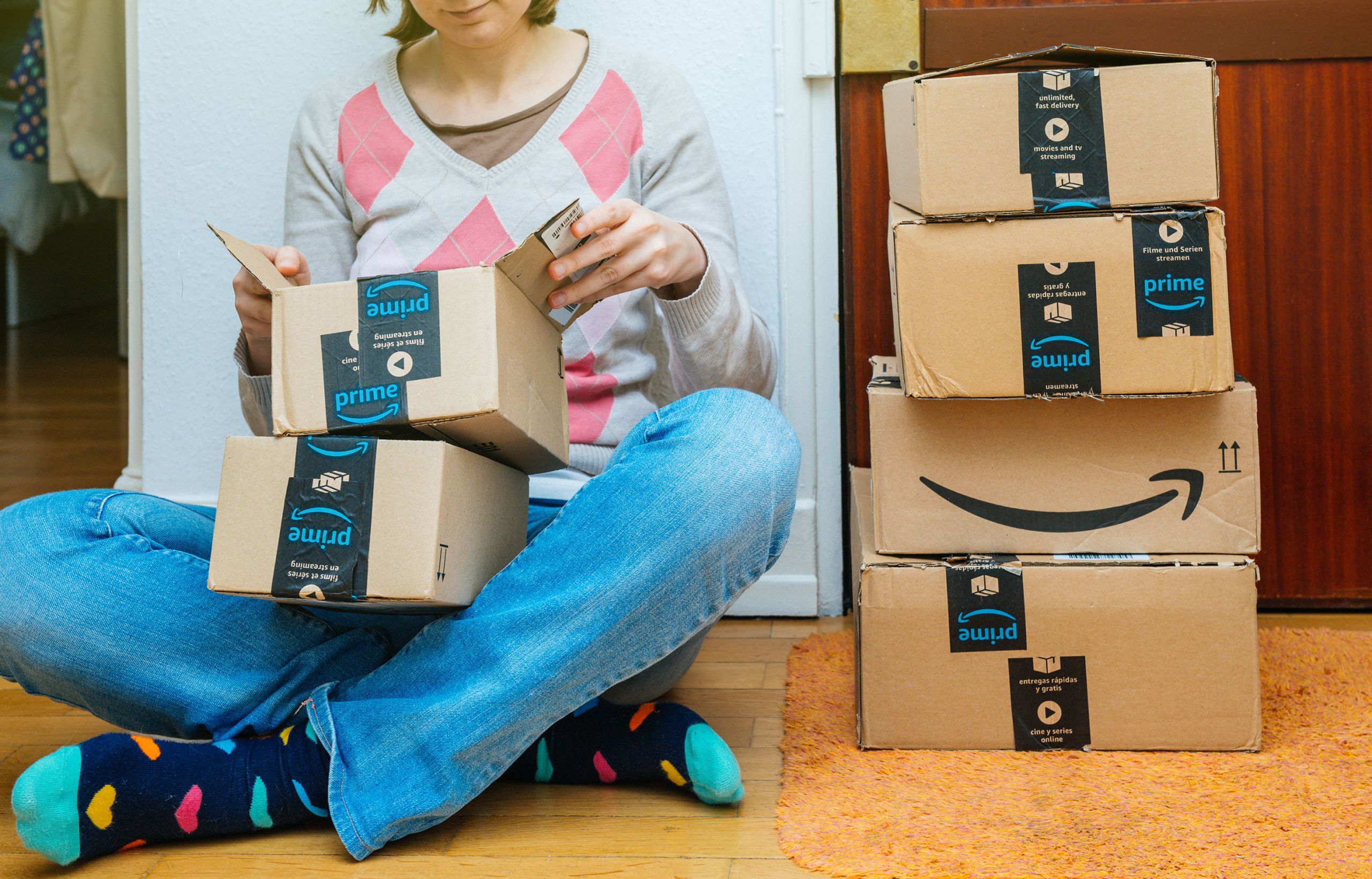
THREE RETAIL SHAPESHIFTERS
TO LEARN FROM
We look at the brands that are evolving to meet the new consumer

Retail Shapeshifter 1: John Lewis Partnership
John Lewis Partnership has suffered more than most during the pandemic, having recently posted the first full-year loss in its history. A key part of its turnaround strategy is to leverage consumer trust in the brand to extend into new products and services.
By 2030, the aim is that 40% of its profits will come from areas outside retail, principally financial services, housing and outdoor living.
An immediate priority is to refresh its financial services products. John Lewis already offers insurance, credit card, currency exchange and money transfer services through its finance division.
In February this year, JLP launched a flexible home insurance product that allows customers to select the cover they need for their property and avoid paying for irrelevant packages.
Then in August, the retailer launched its first-ever investment products in partnership with digital wealth manager Nutmeg. As part of its rationale, JLP cited customer research that showed “a significant opportunity for a brand customers know and trust like John Lewis to partner with an expert like Nutmeg to deliver simple investments”. The products include a junior ISA, a stocks and shares ISA, and a general investment account.

Amir Goshtai is leading JLP’s expansion into financial services products
Amir Goshtai is leading JLP’s expansion into financial services products
“This is where the trust and love that customers have for our brand combined with Nutmeg’s expertise can make a difference while making John Lewis even more relevant for life’s big moments, whether that’s saving for a home or preparing for the arrival of a new baby,” commented John Lewis financial services director Amir Goshtai.
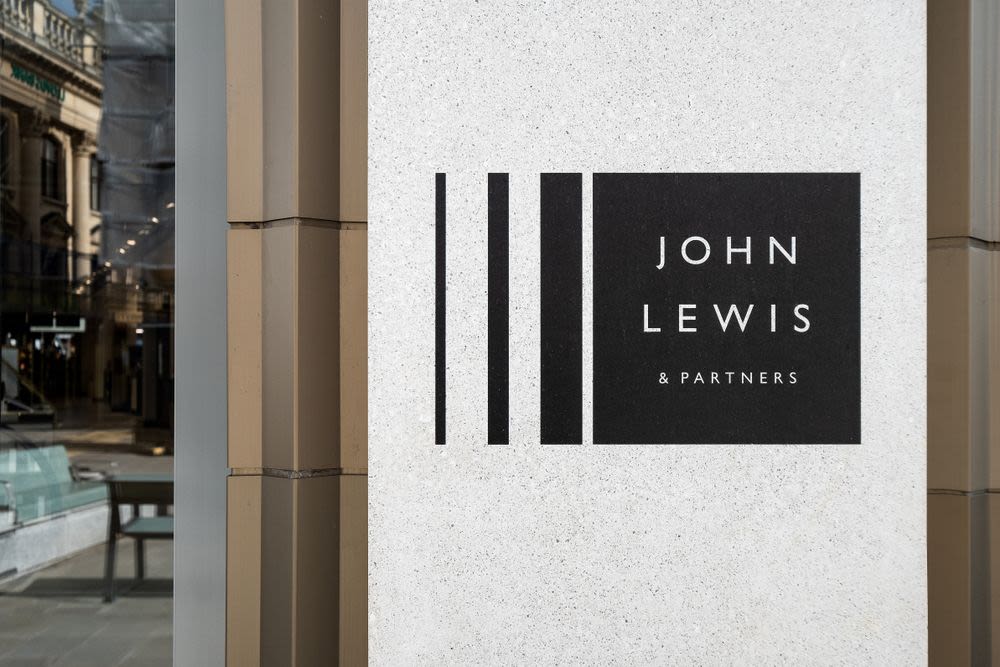
Retail Shapeshifter 2: Glossier
As Amazon has shown through the rollout of its Amazon Go stores, businesses that built their brand online are increasingly looking at physical retail as a way to foster closer consumer relationships.
American online beauty brand Glossier is a case in point. It plans to open three physical stores in 2021 in Seattle, Los Angeles and London, ahead of what chief executive and founder Emily Weiss describes as “an exciting retail roadmap to bring Glossier to many more places”.
In each new store, Glossier plans to capture the essence of the location: in Seattle, for example, the store design “plays with the juxtaposition of nature and technology” synonymous with the city, according to Weiss.
A key part of Glossier’s success has been to first build a community of beauty aficionados before moving on to create a sales platform. The business has its origins in Weiss’s Into The Gloss blog, which she published for four years before approaching venture capitalists with the idea of launching an associated ecommerce brand.
The result is that customers are now heavily invested in the brand, driving loyalty and giving Glossier the confidence to extend its reach into new areas, including by building a physical presence.
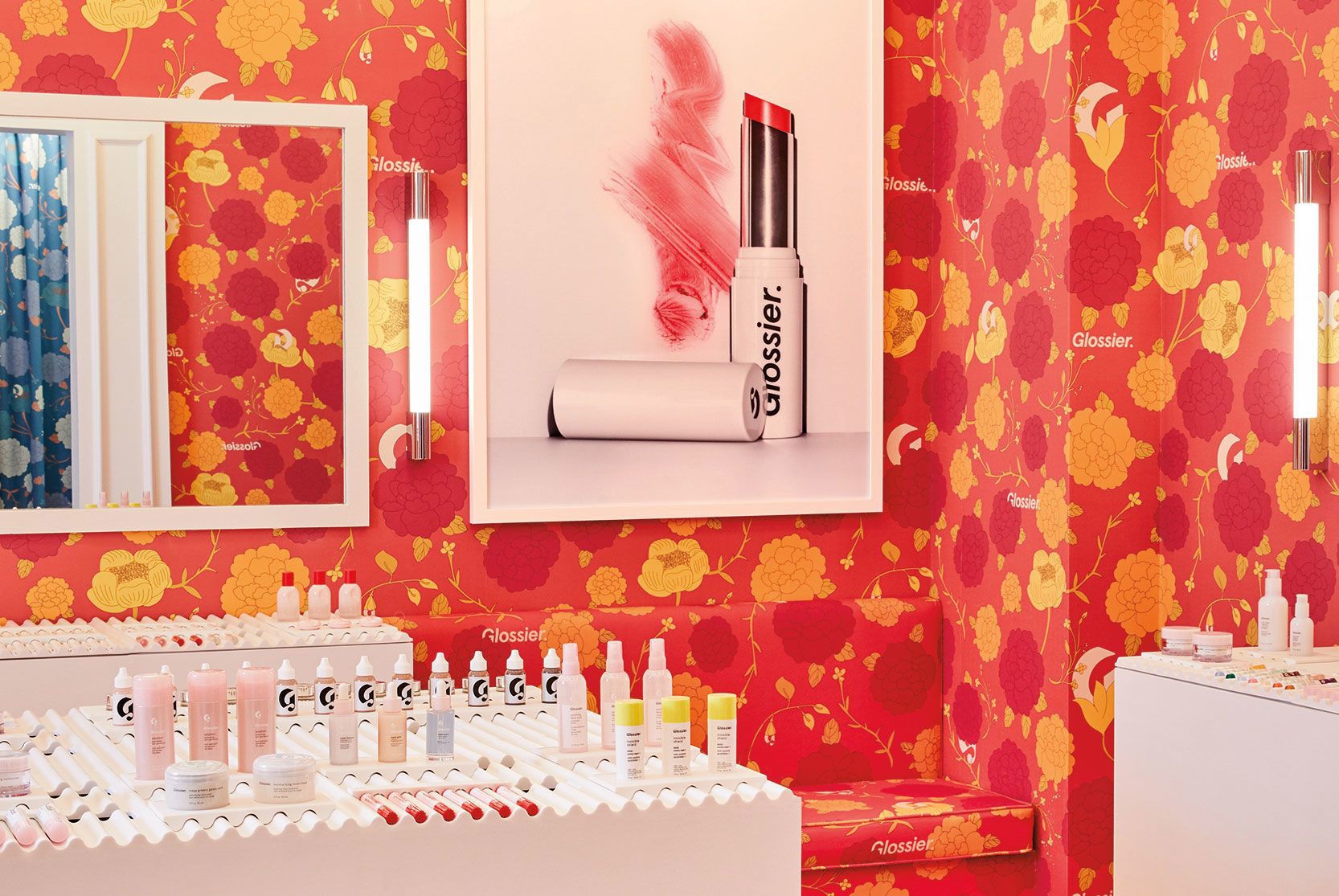
Retail Shapeshifter 3: Pret a Manger
Food-to-go chain Pret a Manger has been forced to seek new revenue streams after trade at its core city centre shops was decimated by the pandemic.
Among Pret’s innovations are a coffee subscription service, its first-ever retail range of coffee and a partnership with Tesco that will see Pret’s all-butter, chocolate-filled and vegan croissants available for purchase at 700 Tesco stores in the UK.
The business is also moving ahead with the rollout of a number of shop-in-shops inside Tesco stores, starting with a concession in Tesco’s Kensington, London, superstore.
Petrol station forecourts are another target: Pret recently opened its first forecourt shop in partnership with Motor Fuel Group in Southgate, north London, and hopes to add further forecourt outlets before the end of the year.
Pret UK managing director Clare Clough said: “One of the things that we noticed very sharply during the pandemic was how we were so reliant on people coming to the shops we already had, most of which were near people’s workplaces.”
By extending its reach into forecourts, supermarkets and other product and service propositions, the brand can continue to serve its loyal customers in new settings, even if they don’t return to the business districts and transport hubs that formed Pret’s traditional heartland.
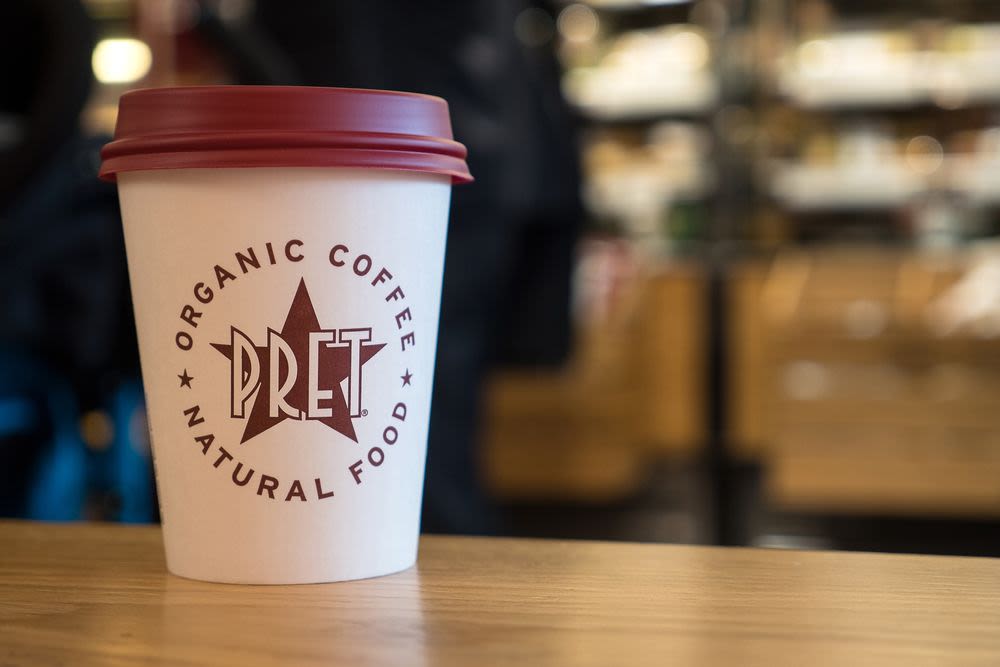

As this whitepaper shows, today’s consumers want deeper experiences with the brands that they trust. Moreover, these experiences need to be holistic and incorporate all touchpoints – physical and digital. And, as we’ve seen, that list is growing all the time. At the World Retail Congress London Summit, in partnership with Railsbank, we will be exploring this theme in more detail and looking at how to realise your potential as a Retail Shapeshifter. For instance, Railsbank suggests businesses ask themselves two pertinent questions:
- Where is there friction in the consumer journey and can you make that smoother?
- How can you extend your brand experience for consumers?
As retailers strategise for the post-pandemic world, we encourage you to understand how you must embrace this change and shapeshift towards the customer – in a way that makes sense – not only to leverage the opportunity but, ultimately, for business survival.



